One of the more perplexing mysteries in society is the monetary valuation of visual art. This is especially true when we look at contemporary work, which has not withstood hundreds of years of critique to determine its intrinsic worth. While one person may look at Mark Rothko’s Green and Tangerine on Red and say it just looks like a couple squares of paint, others see deep meaning, earning it a prime location in Washington D.C.’s Phillips Collection.
To get a better understanding of how contemporary art is valued and sold, I encourage you to learn more about the subject. The first half of Ulrich Boser’s The Gardner Heist provides some insight into how art is acquired by museums and private collectors. You may also enjoy this podcast by NPR’s Planet Money, that looks at how pricing works in the art market.
But if you want to experience the unpredictable world of buying and selling paintings for yourself, then you need look no further than Reiner Knizia’s masterpiece of a game – Modern Art. This is a game with broad appeal that puts you right in the middle of the wild and wonderful world of art auctions. The game is published in the U.S. by Mayfair Games, and is not to be confused with Modern Art: the Card Game, which is a vastly inferior impostor.
In Modern Art, each player is involved both with buying and selling paintings by five fictional artists. While this makes certain thematic sense (museums generally only sell art to purchase other art), I’ve found it easier to explain as players wearing two hats. First, you’re an art dealer, anxious to unload a painting to the highest bidder. Secondly, you’re a museum director, looking to acquire something by the Next Great Artist. Think of the art dealer being in cahoots with the museum director – he may sell it to his best pal, who has a little insider information about what’s about to hit the market.
The game is played over a series of four rounds, and the winner is the player with the most cash at the end of the game. At the start of the first three rounds, players are dealt a hand of cards, each of which has a painting by one of the five artists. These cards represent the holdings of your art dealer side (paintings acquired by your museum will be played on the table in front of you). Those cards also each have a symbol which represents the type of auction that must be used to sell the painting.
Moving around the table in turn order, players will offer up a painting for auction to everyone, including themselves. The card symbol tells you how to conduct the auction – it may be traditional, each player may only get one bid, it may be a secret sealed auction, or the painting may be offered at a single fixed price. There are also cards that require a double auction – two paintings by the same artist go on the block at once. Then the bidding begins! Players are trying to determine what they think the painting is going to be worth at the end of the round – because that’s when the art really pays off.
At the end of the round (which happens when the fifth painting by a single artist is played), everyone looks at the three top artists – those that had the most of their art sold. Each painting by the #1 artist pays out at $30,000, the #2 artist’s work gets you $20,000 apiece, and #3 pays $10,000 each. The other two artists just didn’t make it big this time around. All cards on the table are discarded, and a new round begins (players keep unsold paintings in their hand to carry over).
The game really heats up in later rounds, because those payouts are cumulative! So if, for example, Karl Gitter is the #1 artist in the first round, and in the third round he’s the #2 artist, his paintings are now selling for $50,000 each! Which means the bidding goes higher and higher… The challenge is that players are trying to do quick calculations in their head as the game goes on; “If he ends up being #2 this time, I could get $50K , so I think I’m willing to bid up to $40K to get it.” You’re working with limited information based on what you see on the table, what you remember has been sold in the past, and what cards you hold in your hand.
This on the surface is a straight-forward game, but the right group of people can turn it into a party game. I first learned Modern Art with a bunch of theater-folk, and we naturally found ourselves naming each art piece as it was played, adding back-story about the artists, and working hard to convince each other to BUY THIS PAINTING! Believe me when I say this makes the game twice as much fun. Sometime I’ll tell you the story of how my sister-in-law named a Yoko painting simply with a sound effect.
It’s really a fantastic game, and represents auction games in the purest form. The agony of knowing that you need to spend your money to make money, and you also need that money to win is just delicious. The game works for 3 – 5 players, but I strongly prefer it with 5, as you get the maximum excitement in the bidding process. Modern Art is a contemporary classic that gives you a window into the wild and wonderful world of art acquisition – and it remains one of my top ten games of all time. Check it out!







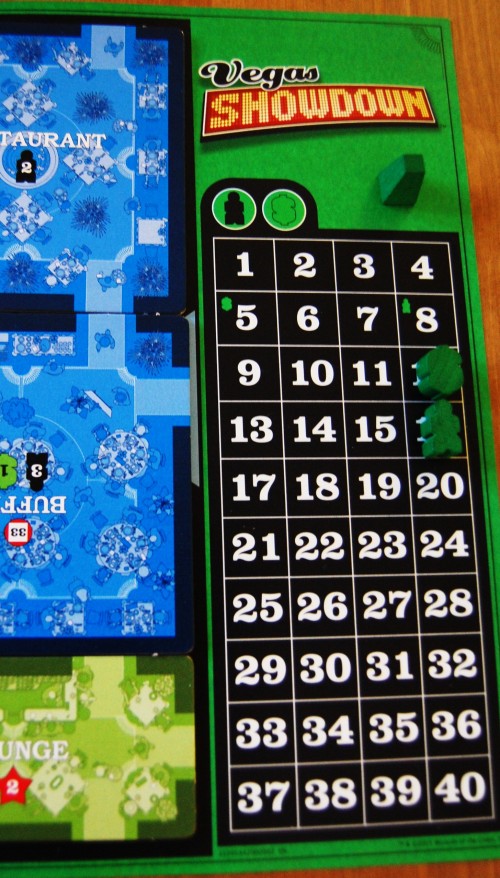
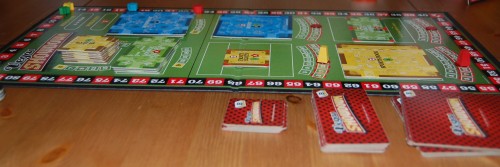
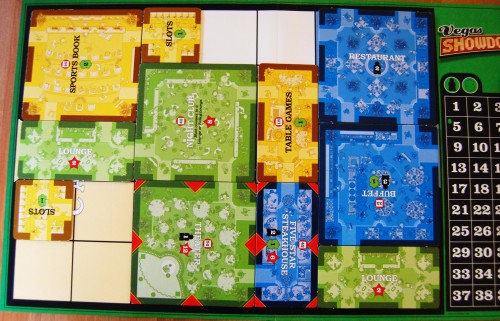
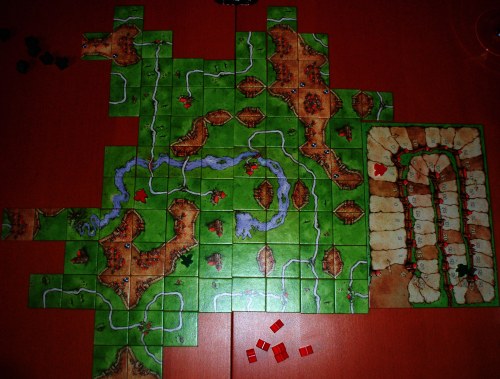
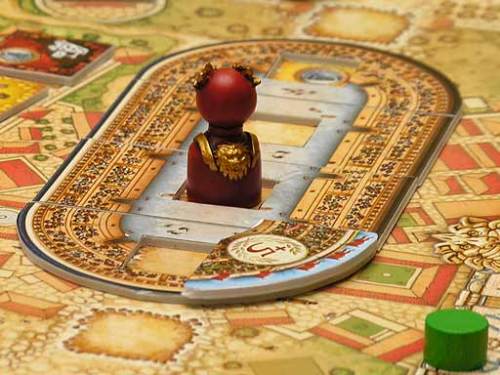

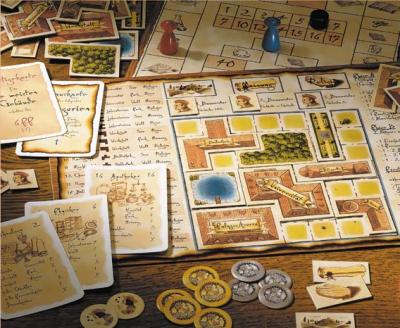
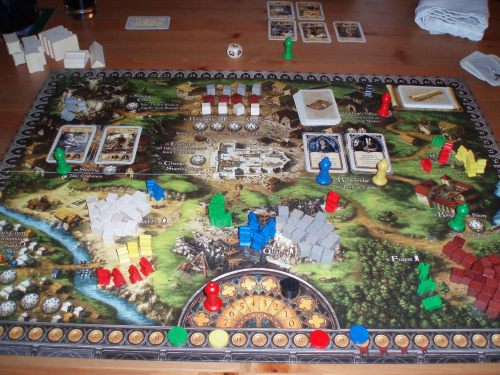
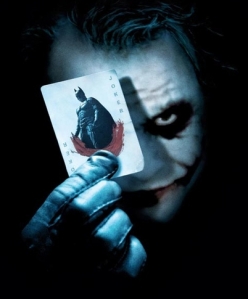 Best movies of the year –
Best movies of the year – 


 Best book I read this year –
Best book I read this year – 
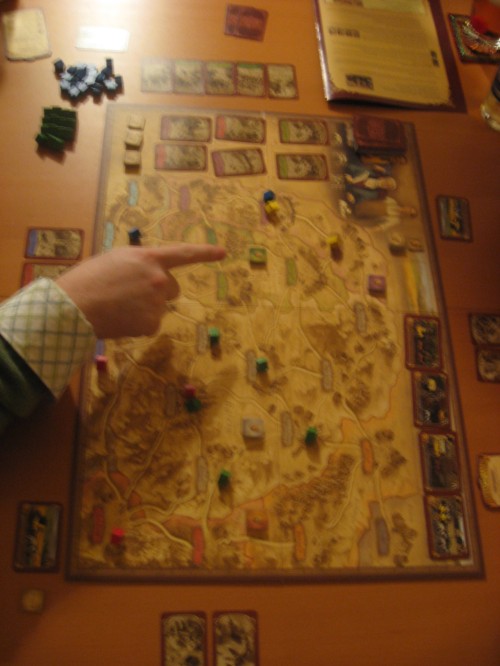 Today I’m going to talk to you about another game in the German genre, one that I received for Christmas and enjoy a lot – even if I’m not very good at it! It’s called Thurn und Taxis. (That’s “Thurn and Taxis” in English.)
Today I’m going to talk to you about another game in the German genre, one that I received for Christmas and enjoy a lot – even if I’m not very good at it! It’s called Thurn und Taxis. (That’s “Thurn and Taxis” in English.)